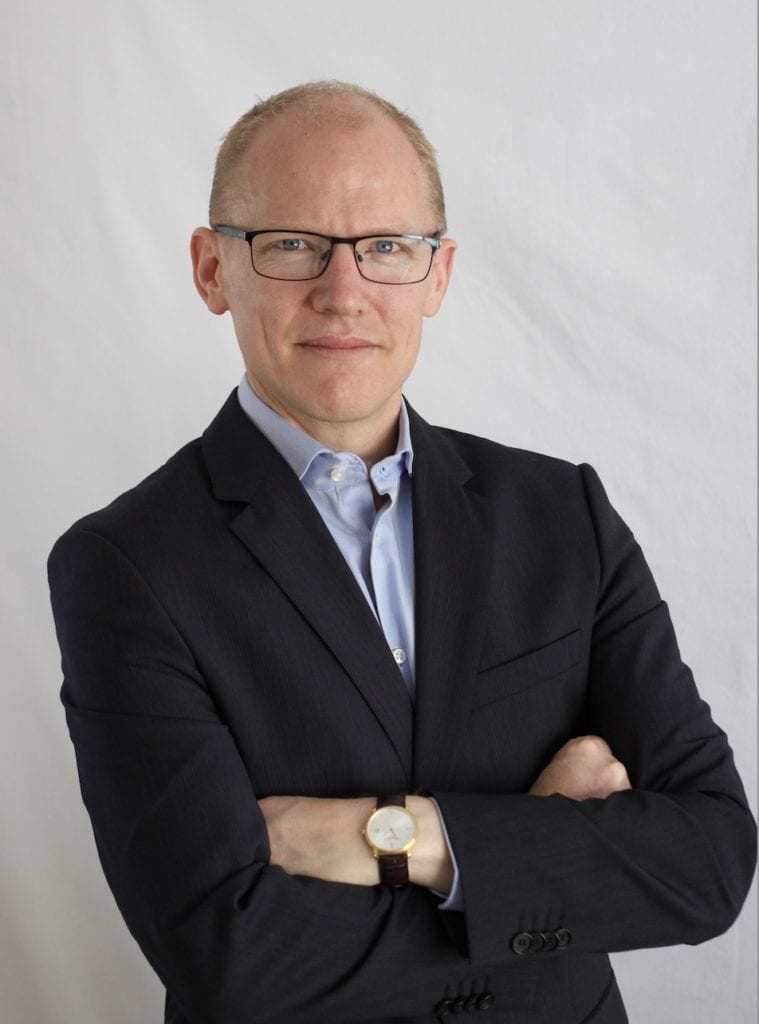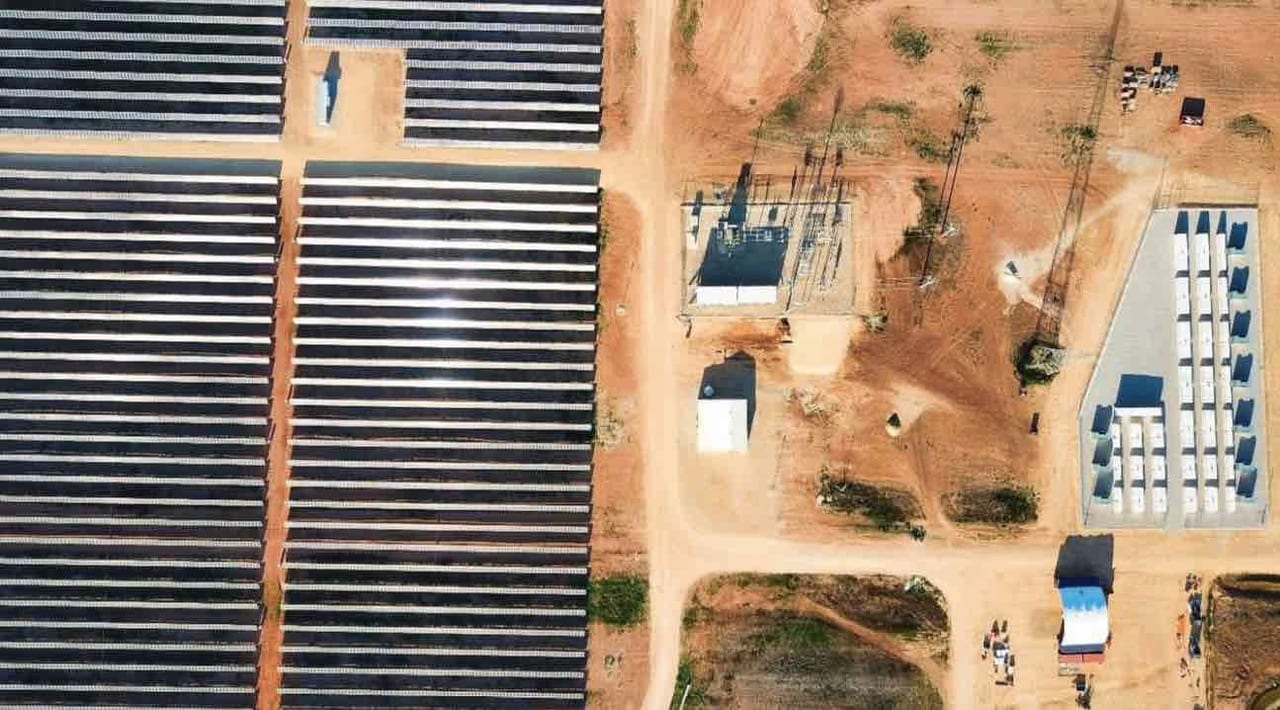The newly appointed head of the Australian Energy Market Operator, Daniel Westerman, says he wants the country’s main grids to be able to handle periods of 100 per cent renewable energy penetration by 2025.
In his first speech since taking up the role in mid-May, Westerman calls for industry to work together, and says his aim is to harness the talents, capabilities, experience and know-how to engineer grids that are capable of running at 100% instantaneous penetration of renewable energy.
“This is unchartered territory for a large, independent grid anywhere in the world,” Westerman told an event hosted by CEDA in Melbourne on Wednesday.
“And this must be our goal not because of personal ambition, politics or ideology, but because we know this is where we’re headed!

“A combination of technical innovation, economics, government policies and consumer choice, is driving this energy transition faster than it ever has before.”
Westerman’s comments are significant because just a year ago AEMO was talking in terms of handling up to 75 per cent “instant” renewables, and warning that it would have to cap wind and solar at levels below that without proper preparation. AEMO’s control room already regularly sees levels of 52 per cent instantaneous wind and solar in the National Electricity Market, and has seen 65 per cent in Western Australia, which has a separate grid.
South Australia, on October 11 last year, achieved a world-first milestone of 100 per cent instantaneous renewable penetration, on this occasion just from large scale and rooftop solar, for one hour.
(It’s important to note here the difference between “instantaneous” and average penetration of renewables. South Australia averages around 60 per cent wind and solar while Australia as a whole just over 20 per cent, but as that grows that will translate into periods of 100 per cent penetration).
Westerman describes the running of a whole state with power that is zero fuel cost and zero emissions as a “stunning phenomenon”, and says it calls for a “paradigm shift” in collaboration and co-operation.
“Under my leadership, AEMO will work closely and collaboratively with governments, industry and communities to design the affordable, reliable energy system that Australia needs,” he says. “An energy system that’s capable of handling 100% renewable energy, at any moment of the day, by 2025.”
However, he notes that this poses challenges to grid engineers, comparing the lack of “synchronous generation” to the task of trying to ride a bike “really, really slowly.”
AEMO is clearly seeking a range of different solutions to the issues of grid security. In recent weeks, it has approved the use of solar inverters to solve system strength issues in north Queensland, and battery inverters are also able to perform the same task.
Some engineering experts believe, contrary to previous forecasts, that “solid state” or inverter based technologies will be able to support the grid entirely within a few years, rather than decades into the future.
Westerman also mentions the new rules in South Australia which allows AEMO to direct rooftop solar systems to be switched off at rare times of need, but sees this as a last resort.
AEMO now advocates a “tiered” system of options that can also be rolled out in other states as their share of rooftop solar increases.
But Westerman also describes the uptake of rooftop solar, now on the rooftops of more than 2.5 million homes across the country, as a “stunning democratisation of power”, which underlines the need for integrating battery storage, electric vehicles, and virtual power plants.
“It is a stunning democratisation of power. It’s a transformation: turning historically passive electricity consumers into active generators.”
Westerman, who spent recent years with AEMO’s equivalent in the UK, National Grid, mentions the use of thermal power stations, like Deeside, which had shut down because they could no longer make money, but can now offer to spin their rotors (without burning fuel) to provide inertia.
On gas, he says it will play an important role, even if new generators like those proposed by the federal government at Kurri Kurri are rarely used.
Westerman will also push the case for more transmission links, which have been the major feature of AEMO’s Integrated System Plan, its 20-year blueprint for a transition to a renewables dominated grid, although he acknowledges the issues with landowners about where these links would be sited.
In the future, Westerman cited the potential of green hydrogen, which he says could be the country’s next “export hero”, and the anticipated transition to electric vehicles, which he says will have a profound impact on the grid.
” cheaper electricity becomes – and remember we are seeing solar and wind drive the price through the floor – the more society will continue to become electrified,” he said.
“Australia has nearly 20 million registered vehicles and sometime soon – as we are seeing in countries all over the world – millions of motorists will make the switch to rechargeable EVs. And how we manage the those charging cycles will have a profound effect on the grid.”
But there are broader benefits, both for the economy in general and consumers in particular, Westerman says.
“Australia has proximity to energy-hungry customers, an abundance of sunshine and wind, and importantly, the know-how to create a gas export industry on a world scale,” he said.
“The avalanche of low-cost and low-carbon electricity generation in coming decades has the potential to replicate the stimulatory impact of government programs like JobKeeper creating jobs, relieving household stress and boosting the locally provided services that make up 60 per cent of the Australian economy.”










